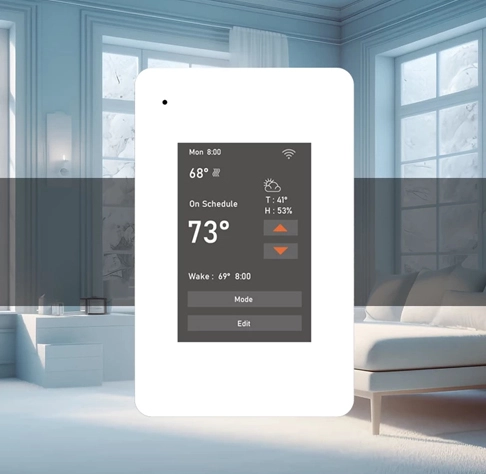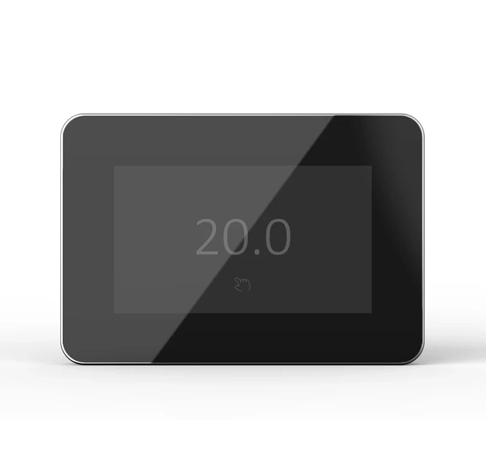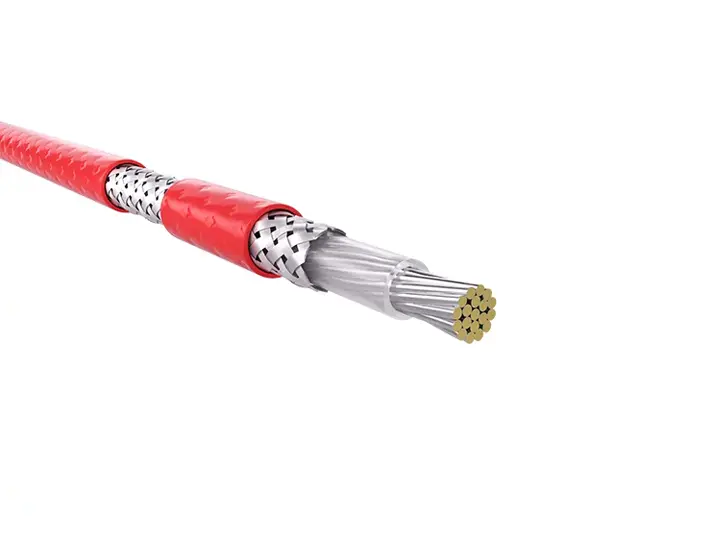Ease of Use: The intuitive touch interface simplifies navigation, making it easy to program and adjust settings with a few taps.
Clear Display: Large, clear displays provide real-time information, such as current temperature, setpoints, and system status, making it easier to monitor and manage your environment.
Advanced Features: Many touch screen models come with advanced features like programmable schedules, energy usage tracking, and smart home integration for enhanced control and efficiency.
Aesthetic Appeal: Sleek and modern designs blend well with contemporary home decor, providing a visually appealing addition to your living space.
Customization: Users can easily set personalized schedules and preferences, optimizing comfort and energy savings based on individual routines.
Connectivity: Many touch screen thermostats offer Wi-Fi connectivity, allowing remote control via smartphone apps, providing convenience and flexibility.






























